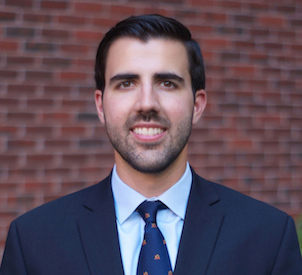Meeting
2018 ASCO Annual Meeting

Massachusetts General Hospital, Boston, MA
Daniel E Lage , Yoojin Lee , Susan L. Mitchell , Jennifer S. Temel , Sarah Berry , Areej El-Jawahri
Background: Older adults with advanced cancer residing in nursing homes (NHs) are a vulnerable population that has not been well studied in terms of clinical needs and health care utilization. We sought to describe the clinical characteristics of these patients and examine their burdensome care transitions at the EOL. Methods: We conducted a retrospective analysis of deceased older adults (> 65 yrs) with advanced solid tumors (defined using Medicare claims, per prior literature) who resided in U.S. NHs and enrolled in Medicare fee-for-service (2008-2009). Medicare claims data were linked with geriatric assessments as part of the Minimum Data Set. Clinical characteristics, including comorbidities, pain scores, activities of daily living (ADLs) and cognition, were measured within 90 days of death. Using Medicare claims and per prior studies on end of life health care utilization, we defined a burdensome transition as two or more hospitalizations or an intensive care unit (ICU) admission in the last 90 days of life. Results: We included 34,670 patients with advanced solid tumors. Many residents had comorbid congestive heart failure (CHF) (29.3%), chronic obstructive pulmonary disease (COPD) (34.1%), and diabetes (35.0%). Over half (53.8%) had moderate or severe cognitive impairment; 66.5% were dependent in all ADLs, and 21.1% experienced daily pain. Only 55.4% of patients used hospice. 36.0% of patients experienced a burdensome transition at the EOL, and burdensome transitions were more common for patients who did not receive hospice (45.3% vs. 28.6%, p < 0.01). In adjusted analyses, the following characteristics were associated with a higher risk of a burdensome transition at the EOL: female sex (OR 1.2, P < 0.001), CHF (OR 1.56, P < 0.001), COPD (OR 1.3, P < 0.001), diabetes (OR 1.3, P < 0.001), full dependence in ADLs (OR 1.9, P < 0.001), and receipt of chemotherapy in the last 90 days of life (OR 1.7, P < 0.001). Conclusions: Although NH residents with advanced cancer have substantial comorbidities, cognitive deficits, and functional impairments, over a third experienced a burdensome care transition at the EOL. Interventions are critically needed to reduce burdensome transitions at EOL in this vulnerable population.
Disclaimer
This material on this page is ©2024 American Society of Clinical Oncology, all rights reserved. Licensing available upon request. For more information, please contact licensing@asco.org
2018 ASCO Annual Meeting
Poster Session
Health Services Research, Clinical Informatics, and Quality of Care
Quality Care/Health Services Research
Care Delivery/Models of Care
J Clin Oncol 36, 2018 (suppl; abstr 6534)
10.1200/JCO.2018.36.15_suppl.6534
6534
360
Abstract Disclosures
2023 ASCO Quality Care Symposium
First Author: Youngmin Kwon
2019 ASCO Annual Meeting
First Author: Shuji Hiramoto
2023 ASCO Annual Meeting
First Author: Brian Westbrook
2020 Gastrointestinal Cancers Symposium
First Author: Mehr Kashyap